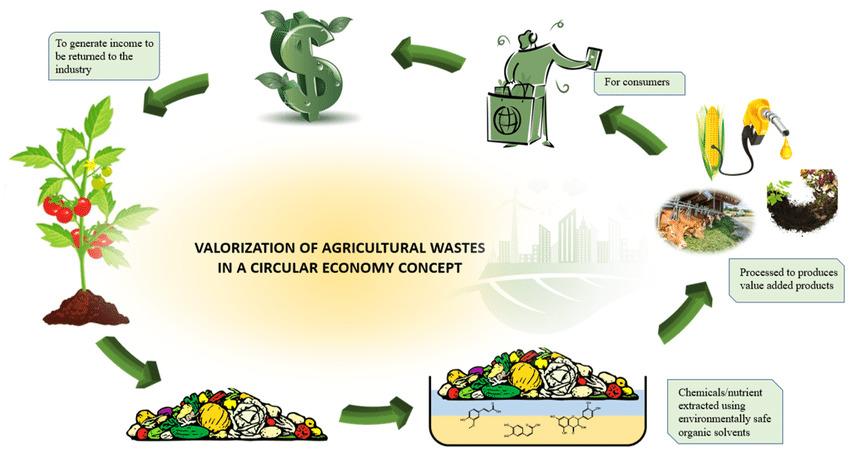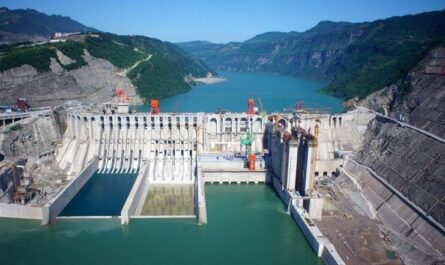The Asia Pacific waste and biomass valorization market presents lucrative opportunities in sustainable energy transition with increasing municipal solid waste and industrial waste. The market comprises waste-to-energy technologies that convert non-recyclable waste into renewable fuels and power. Technologies such as anaerobic digestion, combustion and gasification, pyrolysis and liquidification are used to produce biogas, renewable electricity and liquid/gaseous biofuels from waste streams.
The region generates over 1.5 billion tonnes of municipal solid waste annually, a large portion of which remains uncollected or improperly disposed. Waste valorization helps reduce environmental pollution and produce low carbon energy from anaerobic digestion of food waste and agricultural residue. It also provides an alternative to incineration and landfilling.
The Asia Pacific waste and biomass valorization market is estimated to be valued at US$ 36.84 Bn in 2024 and is expected to exhibit a CAGR of 7.8% over the forecast period 2023 to 2030.
Key Takeaways
Key players operating in the Asia Pacific waste and biomass valorization are Hitachi Zosen Corporation, Mitsubishi Heavy Industries Engineering, Ltd., Sumitomo Corporation, Suez Asia, China Everbright International Limited, Beijing Enterprises Water Group Limited, EnviTec Biogas AG, Green Eco-Manufacturer Co., Ltd., LG Chem (South Korea), Hanwha Solutions, GAIL (India) Limited, Thermax Limited, Ramky Enviro Engineers Limited (India), Sime Darby Berhad, PTT Public Company Limited.
The growing demand for renewable energy and rapid urbanization in Asia Pacific countries is driving the need for sustainable waste management solutions. According to estimates, waste generation across ASEAN nations is projected to increase to 380 million tonnes by 2050, providing opportunities for biomass and waste-to-energy projects in the region.
Major global players are expanding their presence across Asia to capitalize on the market potential. Governments are introducing supportive policies and incentives for private sector participation to achieve waste diversion and energy goals.
Market Key Trends
Anaerobic digestion is gaining traction as it provides multiple benefits of reducing greenhouse gas emissions, producing renewable natural gas and organic fertilizers. Countries like South Korea and China have accelerated investments in large scale biogas plants using various waste feedstocks. There is growing focus on co-digestion models and distributed smaller digesters suited for rural areas. Pyrolysis is emerging as an alternative thermal conversion route to produce renewable transportation fuels.
Porter’s Analysis
Threat of new entrants: The waste and biomass valorization market in Asia requires huge capital investments which acts as a barrier for new companies.
Bargaining power of buyers: Individual buyers have low bargaining power considering the large size of projects and contracts handled by market leaders. However, governments as bulk buyers have moderate bargaining power.
Bargaining power of suppliers: Major suppliers including waste generators and biomass producers have low bargaining power due to availability of substitutes and focus of vendors on developing alternate supply sources.
Threat of new substitutes: Alternate waste treatment technologies pose minimal threat considering resource constraints and need for both energy production and waste management. Competitive rivalry: Fierce competition exists among regional and global players to grab market share and development contracts from governments.
Geographical Regions
China accounts for over 35% of the market value owing to large waste volumes and proactive policies supporting circular economy. States and cities including Beijing, Shanghai, Guangdong have implemented projects worth billions of dollars. India is the fastest growing regional market projected to expand at over 10% annually during the forecast period. This can be attributed to strong government support through initiatives like Swachh Bharat Mission and policies favoring waste-to-energy projects.
Geographical Regions
The ASEAN region has emerged as a major hub for waste and biomass valorization projects in recent years amounted to US$ 9 Bn in value terms for 2024, led by Thailand, Vietnam and Indonesia. Thailand has a very active pipeline of waste-to-energy projects with private sector participation while Vietnam is encouraging biomass power projects under its RE Development Plan. Major cities and states in the ASEAN countries are prioritizing waste treatment solutions to achieve sustainability goals.
*Note:
1.Source: Coherent Market Insights, Public sources, Desk research
2.We have leveraged AI tools to mine information and compile it




